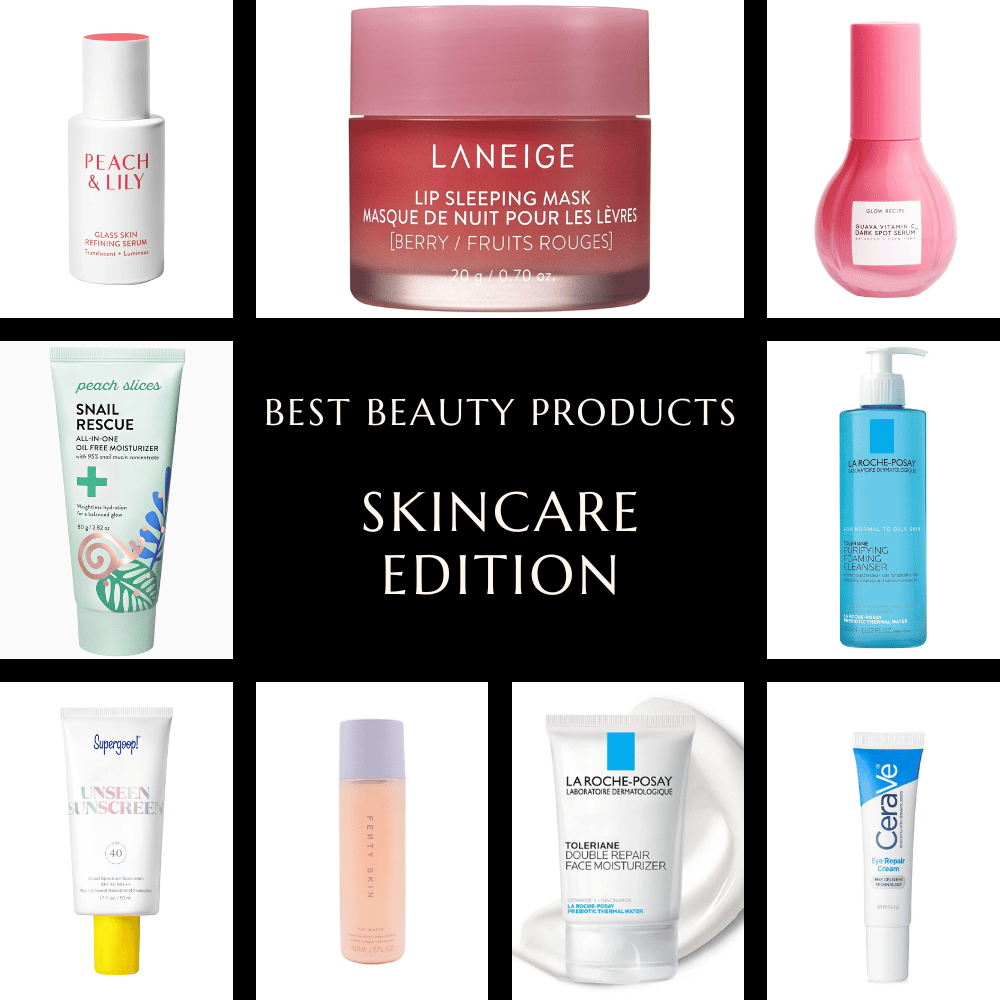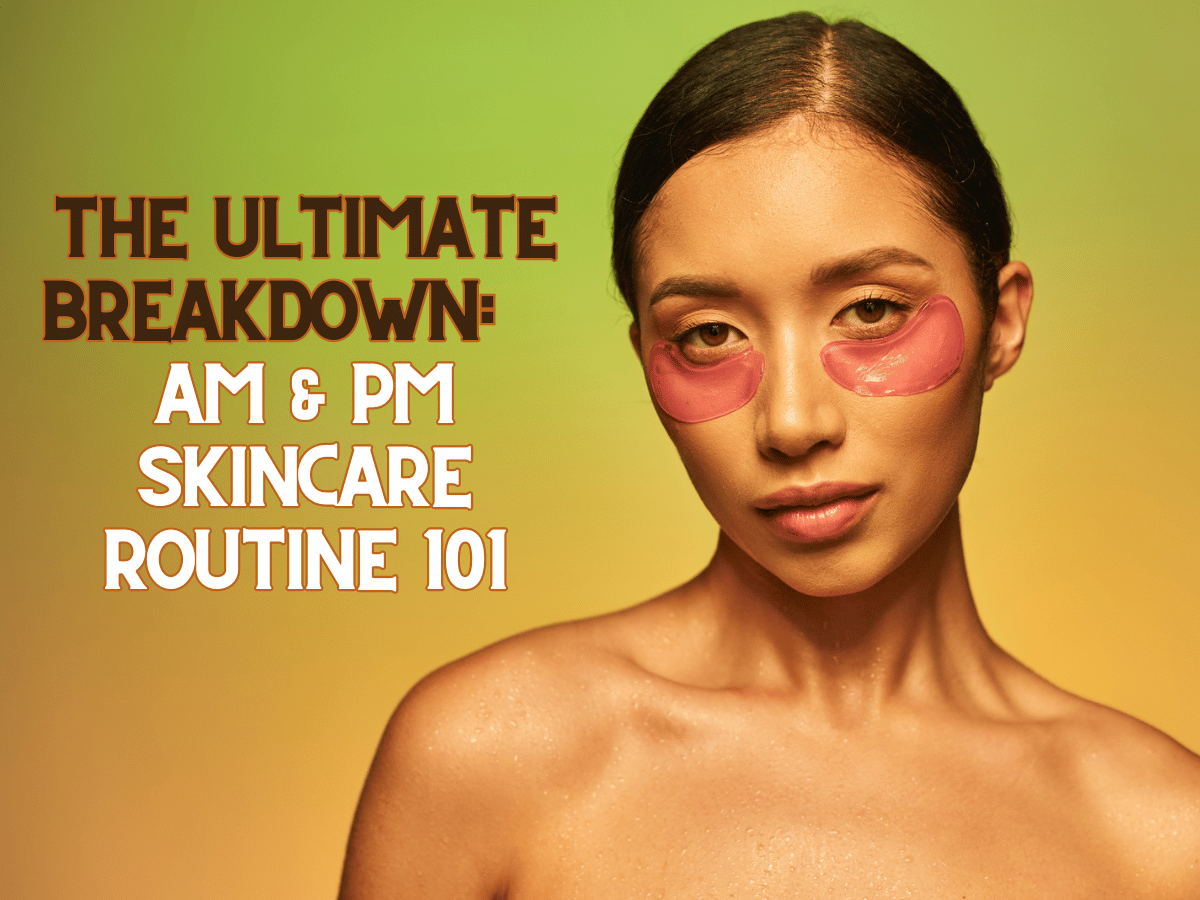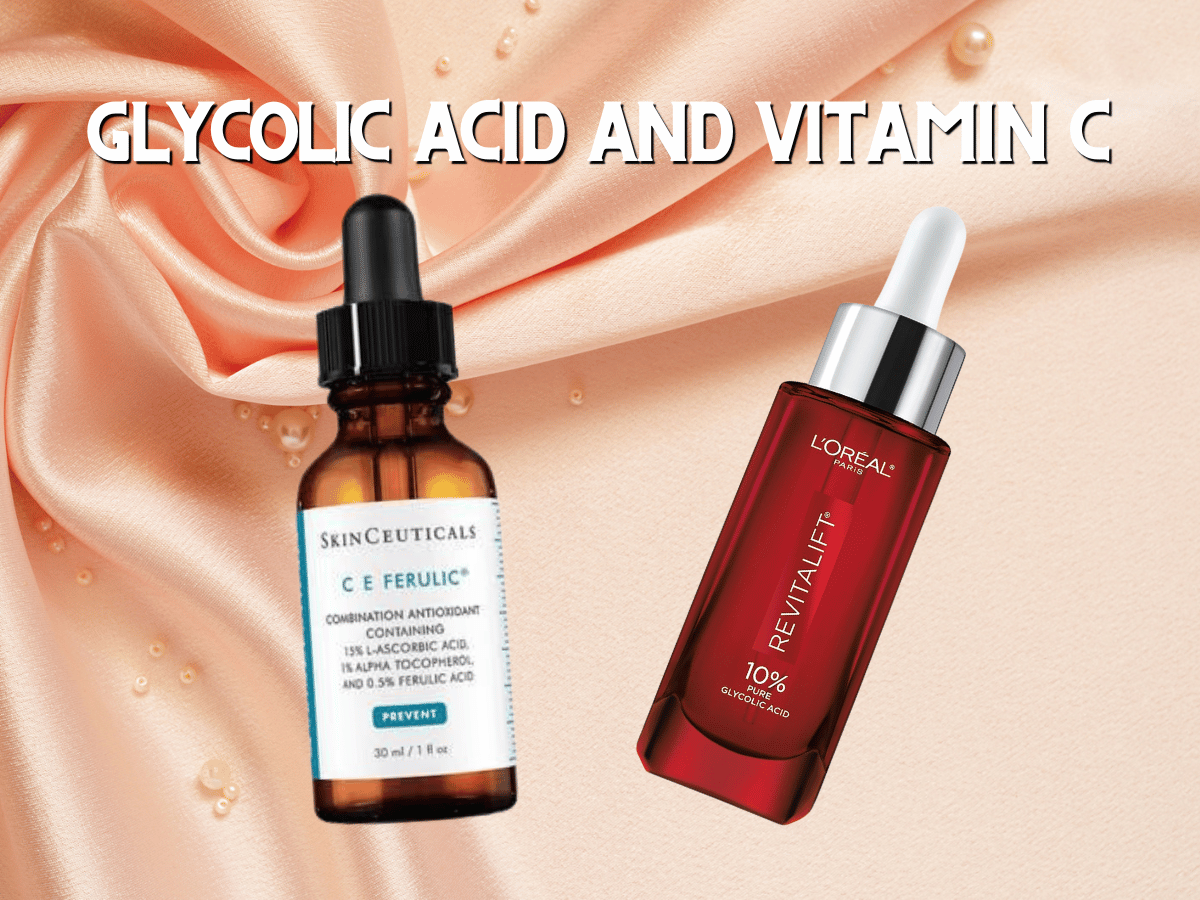Can You Use Salicylic Acid with Retinol?

Have you heard of salicylic acid and retinol?
These two skincare ingredients are often found in products for acne-prone skin, but can they be used together?
Let’s break down why these two components make a great combination for those looking to improve their skin texture.
What is Salicylic Acid?
Salicylic acid is a beta hydroxy acid (BHA) derived from willow bark extract. It has anti-inflammatory properties that help to reduce redness, swelling, and other symptoms associated with acne breakouts.
Additionally, it helps to unclog pores by removing dead skin cells and excess oil. This makes salicylic acid great for treating blackheads and whiteheads.
If you’re someone who suffers from frequent breakouts, adding a salicylic acid product into your skincare routine can help keep your skin clear.
What is Retinol?
Retinol is a form of vitamin A that works to speed up cell turnover. It helps to exfoliate the skin which reduces the appearance of fine lines and wrinkles as well as pigmentation issues like dark spots or discoloration.
Since it helps to increase collagen production, this ingredient can also be used to treat acne scars or other signs of skin damage due to sun exposure or aging.
Retinol is a great option if you’re looking to improve the overall appearance of your complexion.
Can You Use Salicylic Acid with Retinol?
Yes! In fact, using them together can give you even better results than either one alone.
Salicylic acid helps to unclog pores while retinol speeds up cell turnover which can help prevent future breakouts from occurring by keeping pores clear of dirt and debris.
However, since both ingredients are powerful exfoliants, it’s important that you start slow with their usage so as not to irritate your skin or cause excessive dryness/flaking.
Start by using each product once per week then gradually increase frequency until you find what works best for your individual skin type and needs.
Final Thoughts...
Salicylic acid and retinol work together beautifully when it comes to treating acne-prone skin. If you’re considering adding these two ingredients into your skincare routine, just remember to start slow so as not overwhelm your complexion with too much at once!
Before we let you go, we wanted to give a few options to start off with. Check out our top picks for your perfect skincare routine. Thanks for reading!
Like these stories? You will (probably) love our monthly newsletter.






